Whitewashed Progress, 2024
Found work helmet, archival labor posters, paint, fire treatment, sanding, iron brushing, chromium-based coating
archival labor posters,
paint, fire treatment,
sanding, iron brushing,
chromium-based coating
Whitewashed Progress presents a weathered work helmet discovered on a Florida beach post-hurricane, symbolizing the faceless labor force and the persistent issue of workplace inequality in the United States. The helmet, stripped of identifying markers, raises questions about the individual behind it—who they were, what struggles they faced, and how systemic labor injustices shape lives regardless of identity. Research into workplace inequality revealed a history of legal settlements and bureaucratic obstacles that have slowed substantial progress. Cases filed by workers against corporations, labor unions, or the government often end in settlements, preventing lasting structural change. This realization informed the conceptual direction of the piece, linking the historical erasure of labor struggles to the aesthetic treatment of the object itself.
The helmet’s surface bears layers of archival labor posters from the mid-20th century, overlaid with paint, scorched, sanded, and brushed to reveal and obscure the historical struggles for labor rights. A final coat of white paint conceals these narratives, creating an illusion of pristine condition from afar, while closer inspection uncovers the concealed dents and messages beneath. The application of a chromium-based coating introduces an element of time into the work—initially hidden, the chrome subtly resurfaces over time, leaving faint stains that were previously invisible. This process mirrors how unresolved labor issues reappear despite attempts to cover them, making the piece feel alive, constantly shifting between exposure and concealment.
Whitewashed Progress critiques the superficial treatment of systemic labor issues, where legal settlements and political discourse often mask the underlying injustices without enacting substantial change. It challenges viewers to look beyond the surface and recognize the ongoing need for genuine reform in labor practices. The work stands as a meditation on history’s tendency to repeat itself—where struggles fade, resurface, and remain unresolved beneath layers of bureaucracy, ideology, and time.

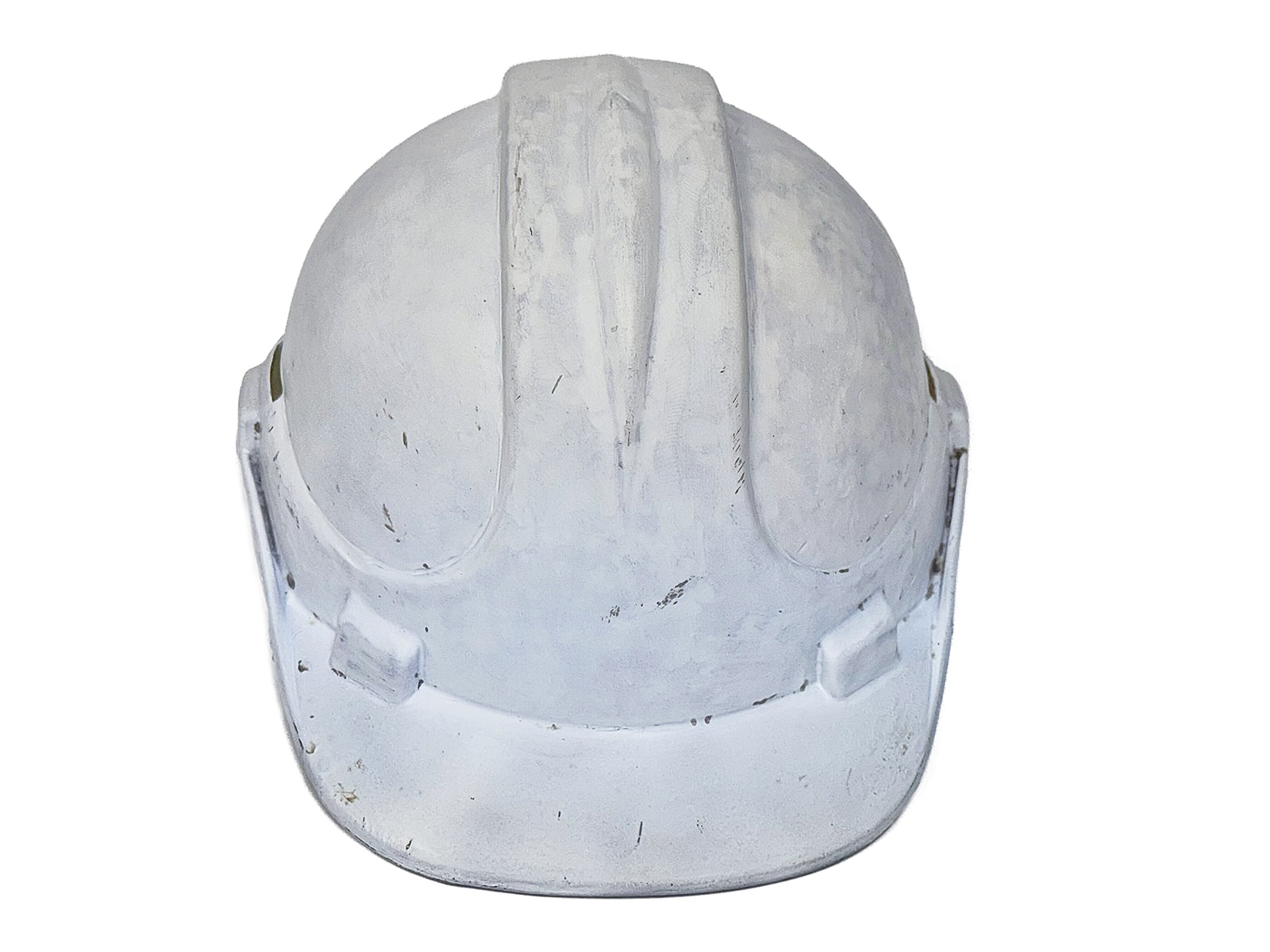


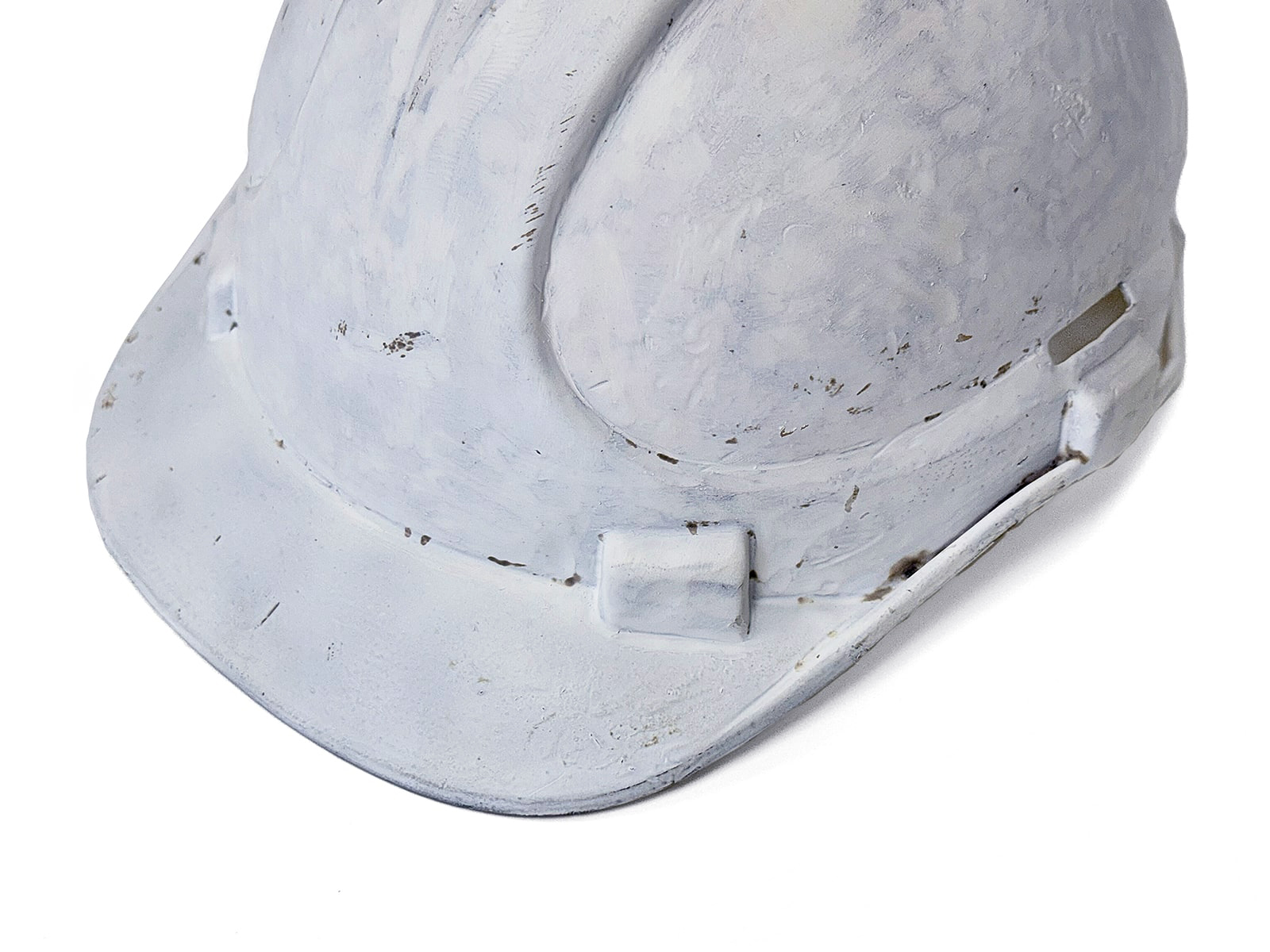
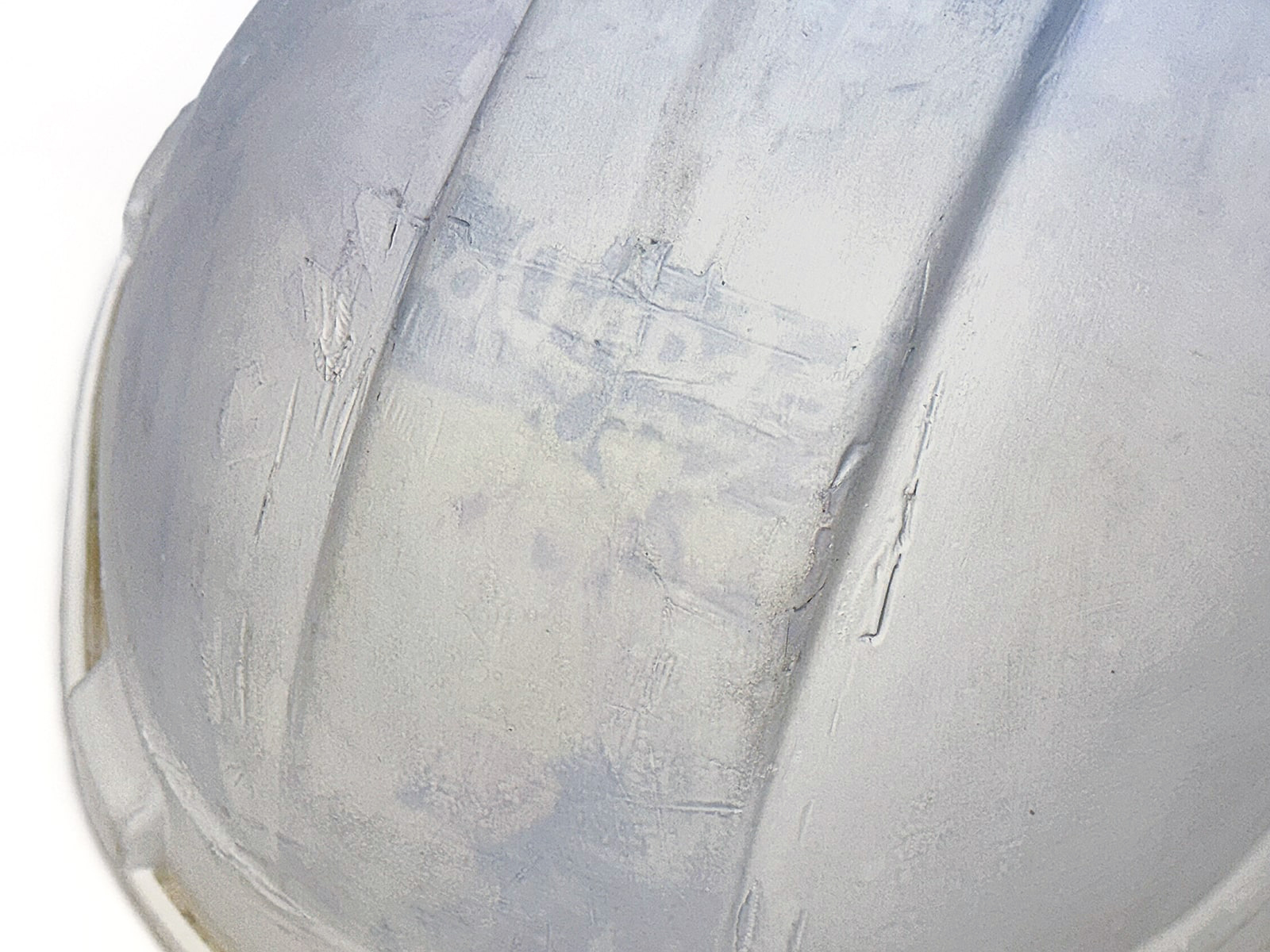
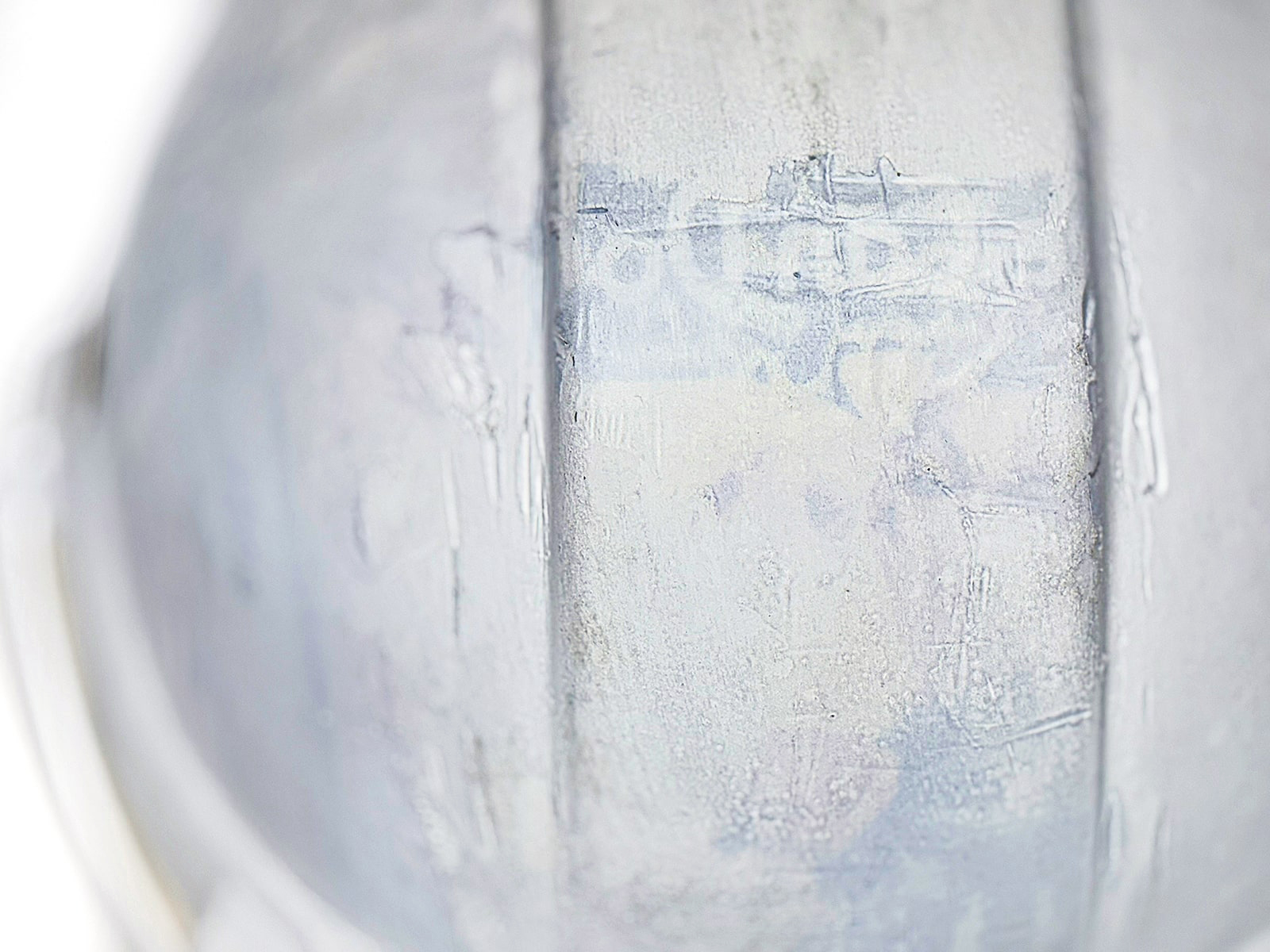
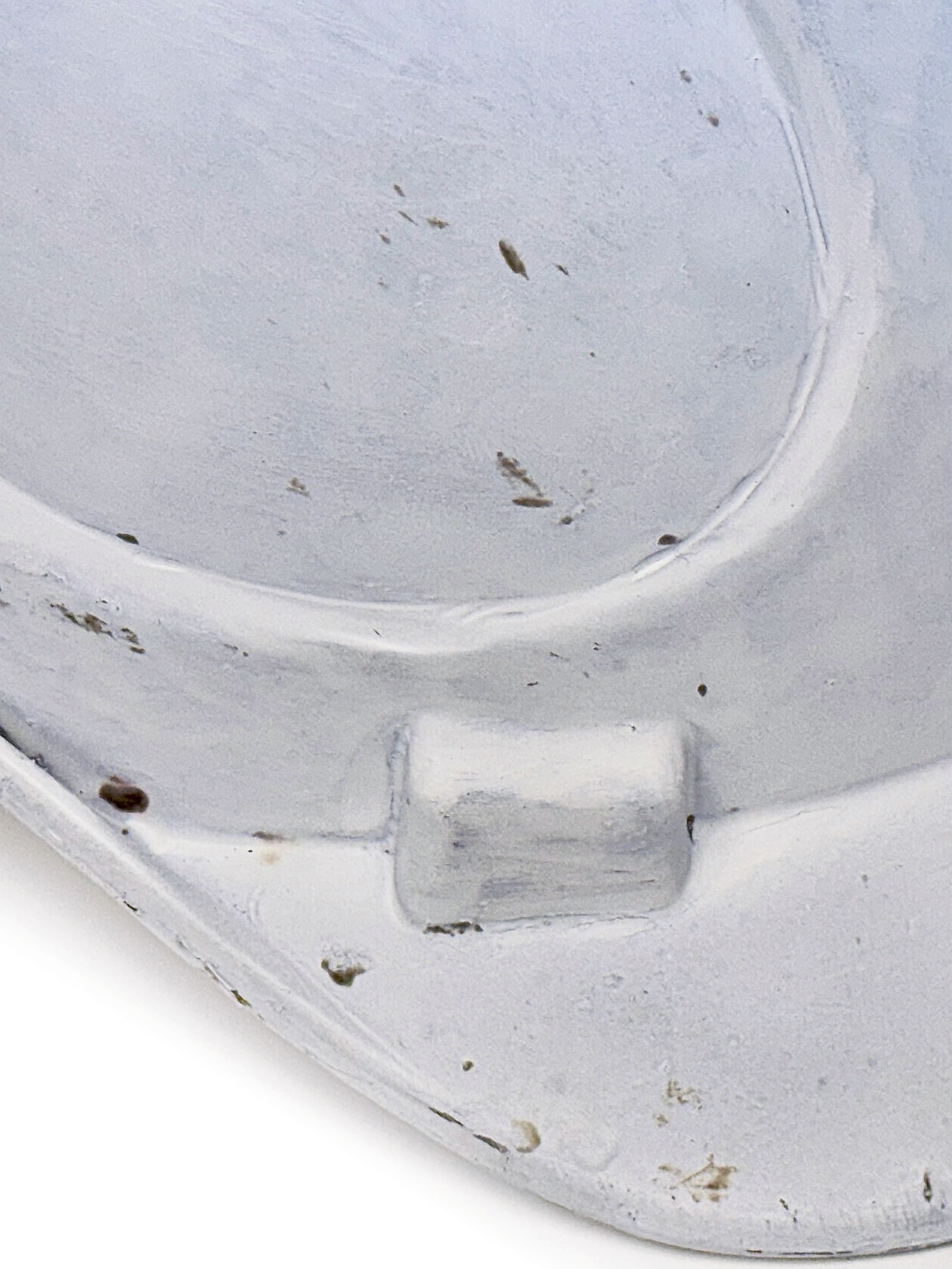
Add comment